Argentina’s National Aeronautics Museum boasts truly unique, invaluable, and even exotic pieces. These items, regardless of the challenges the country has faced, have managed to survive to the present day. It’s captivating to be able to see and, in some cases, touch original items that played a role in the South Atlantic War, for example. Appreciating unique pieces of national construction, or coming across classics of world aviation, is also a treat. The museum also preserves machines that may not be widely recognized but have played key roles in shaping the national aeronautics. A clear example is the Fairchild 82D aircraft, which resides in Hangar No. 2 of the museum. At first glance, this monoplane may appear rugged and unattractive. However, its primary virtue has not been to be a pleasant sight but to contribute to the task of photographically surveying a significant portion of the country’s territory. In the world, not many aircraft of this type have survived. Another preserved example can be found at the Canada Aviation and Space Museum in Ottawa, Ontario, which is a Fairchild 82A, civilian registration CF-AXL (C/N 61.) For this reason, the importance of this particular piece is noteworthy.
The Airplane
Between the years 1929 and 30, Fairchild’s subsidiary in Canada developed a prototype intended for passenger transport with a capacity for eight seats. It was called the Model 81. The aircraft was equipped with a 575 hp Pratt & Whitney Hornet engine. Despite expectations, the manufacturer couldn’t secure enough orders to establish a production line. Four years later, the parent company developed the Super 71, of which only four were built. However, through various improvements made to one of these planes in 1935, the Model 82 was created. This new design retained the fuselage of the previous product, which had been extended, increasing passenger and cargo capacity. Three planes were promptly sold to Venezuela, and one to Mexico. Various regional airlines in Canada also expressed interest in the aircraft.
The Fairchild 82 proved to be a sturdy aircraft that found a niche as a cargo plane, especially in the rugged Northern Canada, where it was operated by numerous commercial companies, including Canadian Pacific Airlines.
It was a high-wing monoplane of mixed construction, with reinforcement in the aft section of the fuselage. Equipped with doors on each side, it facilitated the loading of cargo. It had a classic landing gear, which could be replaced with floats, and a Pratt & Whitney Wasp radial engine. The cockpit had two seats, slightly elevated above the passengers, with a unique reverse-angled windshield that provided excellent visibility. Only 24 units were assembled, with twelve belonging to the initial series 82A, eight of the 82B variant, and four of the 82D version, which had a higher takeoff weight.
The export versions were used in a variety of roles, including topographic surveying and light transport. Three aircraft found their way to Argentina, two for the Army Aviation/Instituto Geográfico Militar, and a third, belonging to the 82B variant, for the Argentine Naval Aviation. In both cases, the aircraft were intended for photogrammetry tasks.
Fairchild decided to temporarily shift away from the civilian aircraft market to produce the Bristol Bolingbroke bomber, which served with the Royal Air Force and the Royal Canadian Air Force. During that time, the world was in the midst of the hectic lead-up to World War II. Although the company had intentions to re-enter the civilian market by improving the Model 82 after the war, the aircraft fell into obscurity. The remaining Fairchild 82 aircraft remained in service until the late 1960s.
The Argentine authorities realized that aerial photogrammetric surveys minimized the costly and time-consuming field operations that only yielded basic maps that often led to errors or misinterpretations. Aerial photography offered the advantage of being able to work on any type of terrain, whether flat or mountainous, accessible or inaccessible, because the mosaic achieved -that is, overlapping photographs- provided quick results over a large area. This allowed topographers to perform a rapid analysis of the terrain’s main features, compared to the exhausting and tedious cross-country work that was previously done on horseback, and sometimes took many months. The aerial camera could reproduce all visible details in an area of 5 square kilometers in just a few seconds.
In aerial photogrammetric surveys, the photographs are taken vertically, and the intersection of the optical axis projection with the terrain determines the central or principal point of the photograph. The distance on the ground between two successive photos is called the aerial baseline and can vary between 2 and 15 kilometers for photographs at scales of 1:10,000 to 1:60,000, respectively. To cover a specific area, flights were scheduled along parallel flight lines. The photographs were taken automatically as the aircraft advanced, trying to maintain as straight a path as possible. The aim was to achieve an exposure frequency that ensured a 60% overlap between successive photographs. This technique allowed for later analysis through stereoscopic viewing of the captured images. Additionally, each line of photos should have a 25 to 30% overlap with each of its neighboring lines. The overlap between successive photos and flight lines ensured complete coverage of the surveyed area. It also guaranteed that each point on the ground was photographed from two different viewpoints. The size of the obtained photographs could be 23 x 23 cm, 18 x 18 cm, or 14 x 14 cm, and they were typically in grayscale (panchromatic images.)
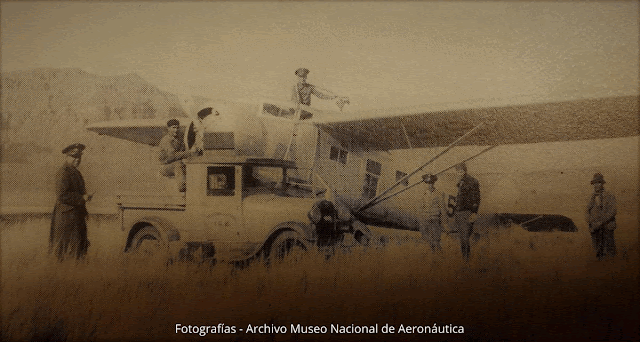
In 1936, the Argentine government acquired two units of the Fairchild Model 82D, which were assigned for the Army Air Force Command (Air Regiment No. 1.) The purpose of this acquisition was to put them into service for the Military Geographic Institute. Both aircraft were equipped with two Carl Zeiss cameras installed on the floor. They also had two multiplex aeroprojectors and a stereoplotter, the latter being an instrument used for topographic measurements by stereoscopic comparison of photographs of the same location taken at different times of day.
Upon the arrival of these aircraft in August 1937, they were given the Army serials 151 and 152. Starting in 1939, both aircraft were assigned to the Argentine Army’s Group 1 of Observation and remained in this unit until 1944.
On the side of the fuselage, the image of the Indian Patoruzú as a photographer, created by the ingenious Dante Quinterno, was painted. This emblem is preserved on the surviving aircraft to this day.
With the establishment of the Argentine Air Force, these aircraft were transferred to that air arm and were assigned to the 1st Air Brigade based in El Palomar. Given their role, the serial numbers of the aircraft were prefixed with the letter “F,” indicating their status as photogrammetric aircraft.
According to information from the Argentine Air Force, on April 9, 1946, aircraft F-151 was reported as being taken out of service. However, this might have been a temporary status, as there are later reports indicating its continued use. Maintenance for these single-engine aircraft was carried out in the hangars at El Palomar.
In 1938, the Argentine Navy acquired an aircraft of the same model, which, like its predecessors, was used for aerial photogrammetric missions. This solitary airplane conducted surveys in various parts of the country. According to sources from the Naval Aviation, she remained in service up until 1947. Prior to this, the naval aviation had also added to its fleet an aircraft of the Model 71C – F-1 C/N 802), which was used for light transport and aerial photography, equipped with a 5-lens camera.
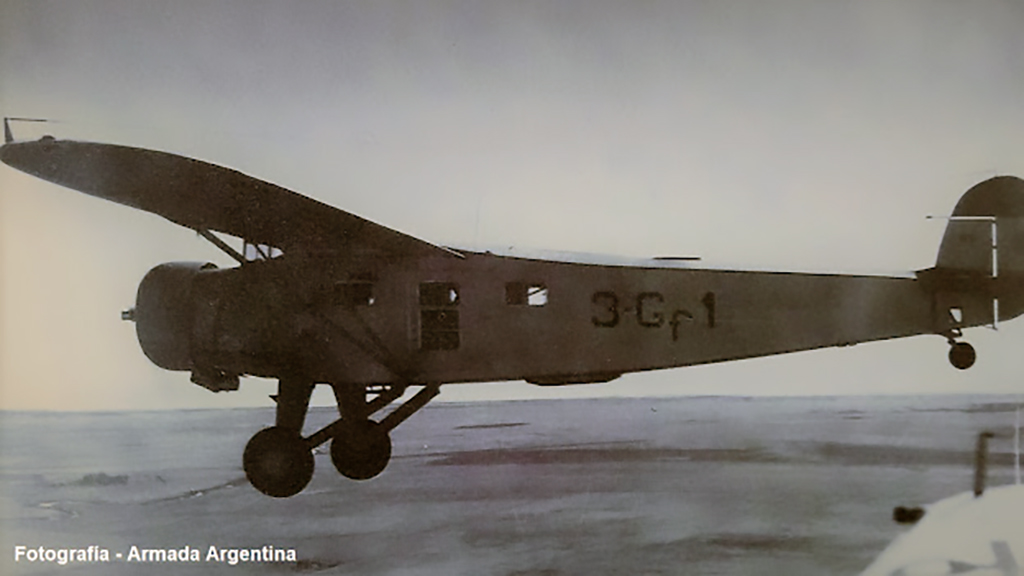
The aircraft serialed F-152, assigned to the Argentine Air Force, was temporarily stationed at the 2nd Air Brigade in Paraná starting from March 1951. However, in June 1951, it was once again sent back to El Palomar.
In May 1951, it was reported that the Fairchild F-152 was undergoing major maintenance and was not available for the planned survey mission over the border area of the Uruguay River, between Santo Tomé-Paso de los Libres and Monte Caseros. By that time, two twin-engine Beechcraft 18 aircraft, registrations LV-ZDN and LV-ZDO, had already been acquired. These twin-engine aircraft complemented the ambitious task of photographing the entire Argentine territory. The maintenance of the Fairchild 82D aircraft continued to be carried out in the workshops at the Military Air Base El Palomar.
The whereabouts of the aircraft F-151 remain unknown, and any additional information about it would be welcome. A photograph displayed in the Military Geographic Institute’s building, without a date, showed it in the middle of a field, entangled in barbed wire. This was likely the result of an unplanned landing or incident.
Regarding the airplane serialed F-152, its history can be traced until its end. She was registered with the civilian registration LV-FHZ and appeared in some official documents as a “private state aircraft”, assigned to the Ministry of Aeronautics on February 17, 1956. Despite changes in paperwork, the aircraft continued to be based at El Palomar. Its last Certificate of Airworthiness (No. 2424) dates back to March 22, 1961. Its decommissioning was officially determined exactly one year later, and she was sent to El Palomar for the General Directorate of Aeronautical Material on April 9, 1963. LV-FHZ was officially retired from service in 1963 and stored for the National Aeronautics Museum. For a long time, it was reported to be within the Quilmes Material Area, in storage, as an aircraft like the Fairchild 82, due to its structure, was not suitable for outdoor display. The museum was then located near the Jorge Newbery Airport, and exposure to the elements posed a risk to the integrity of many of its collection pieces.
Between 1999 and 2001, the surviving Fairchild aircraft was displayed in the Milliken Museum Hangar at the Quilmes Material Area. This building was constructed in 1936 by the Syndicato Cóndor, a subsidiary of DHL in South America. When the collection was finally moved to the Morón Air Base, this aircraft, along with other preserved items from Quilmes, was transferred as well. Currently, it is on display along with the optical equipment she used in its tireless work in Hangar No. 2 of the National Aeronautics Museum.
Aircraft Details
- Fairchild 82B C/N 65, Ex CF-AXP with Fairchild Aircraft Ltd. To 0089/3-Gf-2 with the Armada Argentina in 02Feb38. Deactivated in 1947.
- Fairchild 82D C/N 66, delivered as Argentine Army serial 152, assigned to the Instituto Geográfico Militar in 27Ago37. Assigned to the Grupo 1 de Observación the same year. Reserialed as F-152 with the Fuerza Aérea Argentina, and assigned to the Agrupación Transporte in 09Feb45. Registered as LV-FHZ with the Ministerio de Aeronáutica in 17Feb56. Stored at Quilmes. Preserved at the Museo Nacional de Aeronáutica, in Morón, Buenos Aires.
- Fairchild 82D C/N 67, delivered as Argentine Army serial 151, assigned to the Instituto Geográfico Militar in 27Ago37. Assigned to the Grupo 1 de Observación the same year. To Argentine Air Force as 151, assigned to Agrupación Transporte in Jul44, and then reserialed as F-151 in 09Feb45. Deactivated in 1963.
The author wishes to thank Gonzalo Carballo and Walter Marcelo Bentancor of the National Aeronautics Museum, for their contributions to this article.

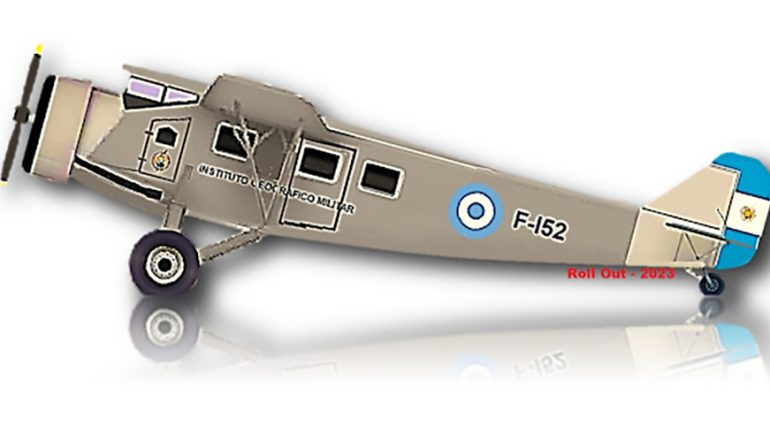




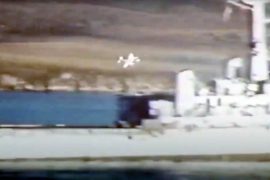
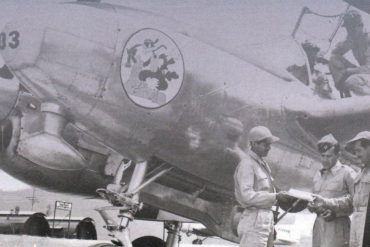
Mario
Nice piece, don’t think I can add anything, but will send it to Terry Judge in Canada – excellent historian, for his information.
Saludos
Gran trabajo de Carlos Abella, como siempre.